Development Trend of Iran's Anti-Ship Missiles from the Sacred Defense Era to Now
TEHRAN (Defapress) - During the Sacred Defense [Iran-Iraq War] and given the continuous attacks by the Ba'athist regime of Iraq on our country's cities, we needed weapons such as missiles to force the Ba'athist enemy to stop the "War of the Cities" through a reciprocal response; however, due to arms embargoes, we did not possess the necessary missile capability to respond to the enemy's attacks.
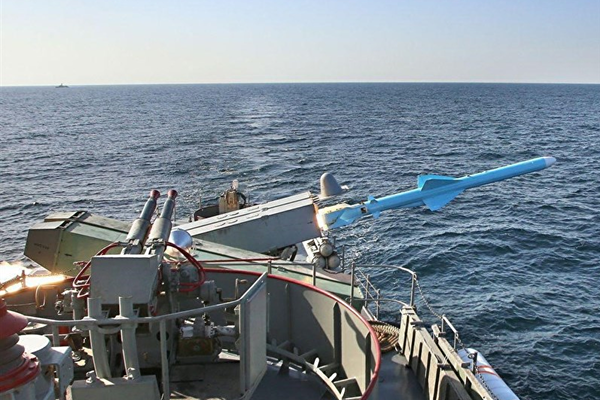
The experience of the Sacred Defense demonstrated that to establish a defensive deterrence, we must engage in advanced weapons production. Along this path, the armed forces of the Islamic Republic of Iran, with great effort, managed to take significant strides in the design and production of various types of missiles. So much so that in the last two decades, the armed forces, by manufacturing missiles at the cutting edge of contemporary technology, have suitably enhanced the country's defense capability. One of the types of missiles built by the specialists of our country's defense industry is anti-ship missiles as well as torpedoes.
During the Sacred Defense, our armed forces used anti-ship missiles in a limited capacity, and with those limited capabilities, they dealt heavy blows to the international allies of the Ba'athist regime of Iraq. Targeting the Sangari and USS Samuel B. Roberts warships were among these heavy blows to Saddam's allies during the Sacred Defense.
Today, Islamic Iran is also a leader in the production of anti-ship missiles, among the most important of which are the "Noor," "Ghadr," "Hoveyzeh," "Qader," "Zafar," "Qadir," and "Nasir" missiles.
"Noor" Missile
The Noor anti-ship missile, with a range of approximately 300 km and a speed of less than Mach 1, can destroy frigates and various types of surface vessels.
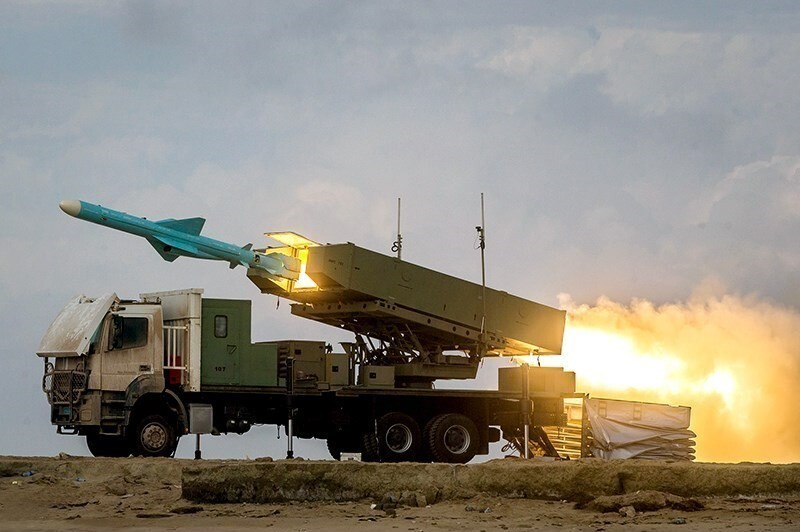
"Ghadr" Cruise Missile
The Ghadr missile, with a range of approximately 300 km, subsonic speed, and a combined guidance system (inertial and GPS), plays an important role in destroying near targets. This missile can hit targets such as destroyers and aircraft carriers by flying at low altitude close to sea level. The Ghadr missile is also designed to counter maritime threats and attack fixed and moving targets at sea.
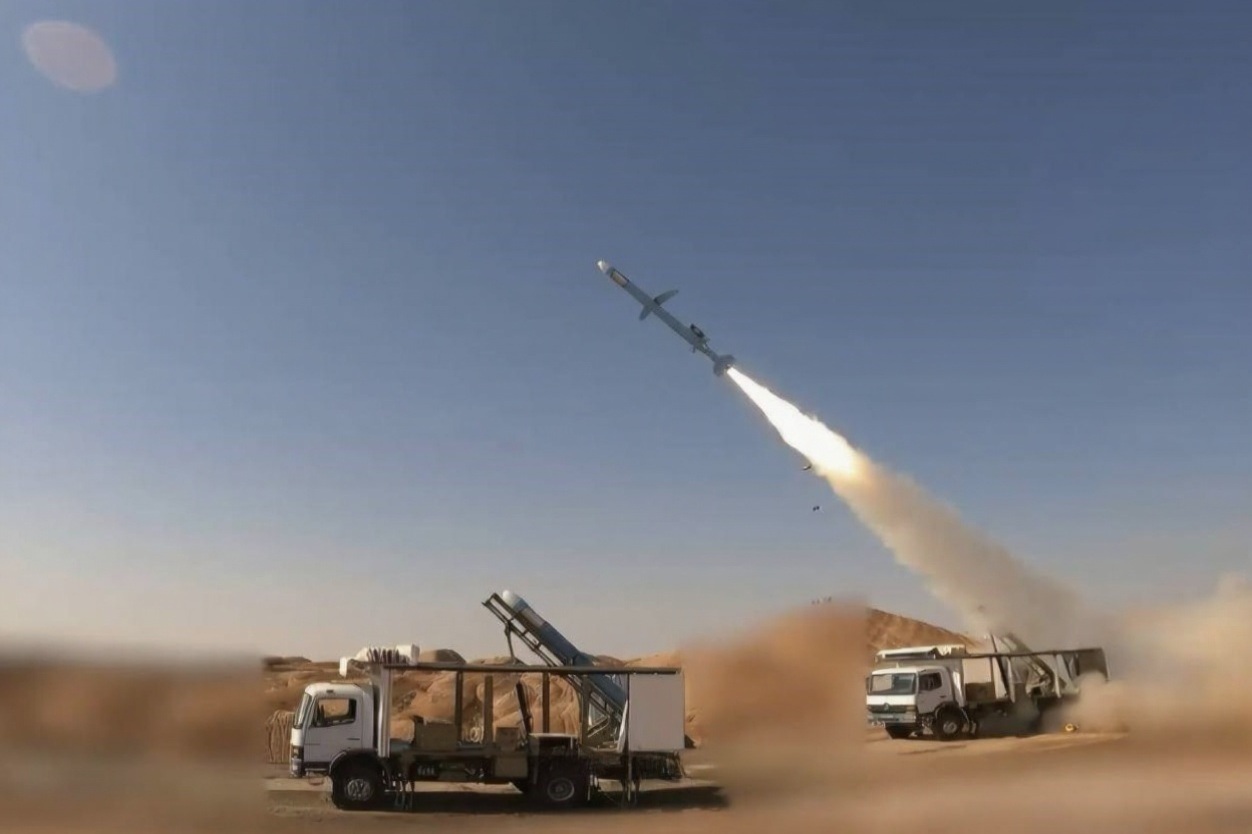
"Hoveyzeh" Cruise Missile
The Hoveyzeh missile, with a range of approximately 1,200 km, subsonic speed, and an advanced guidance system (inertial, GPS, and possibly imaging), is one of Iran's most advanced cruise missiles, capable of targeting both maritime and land targets. By flying at low altitude, it can have stealth capabilities against radar. The "Hoveyzeh" missile is designed to counter long-range maritime threats and attack strategic targets.
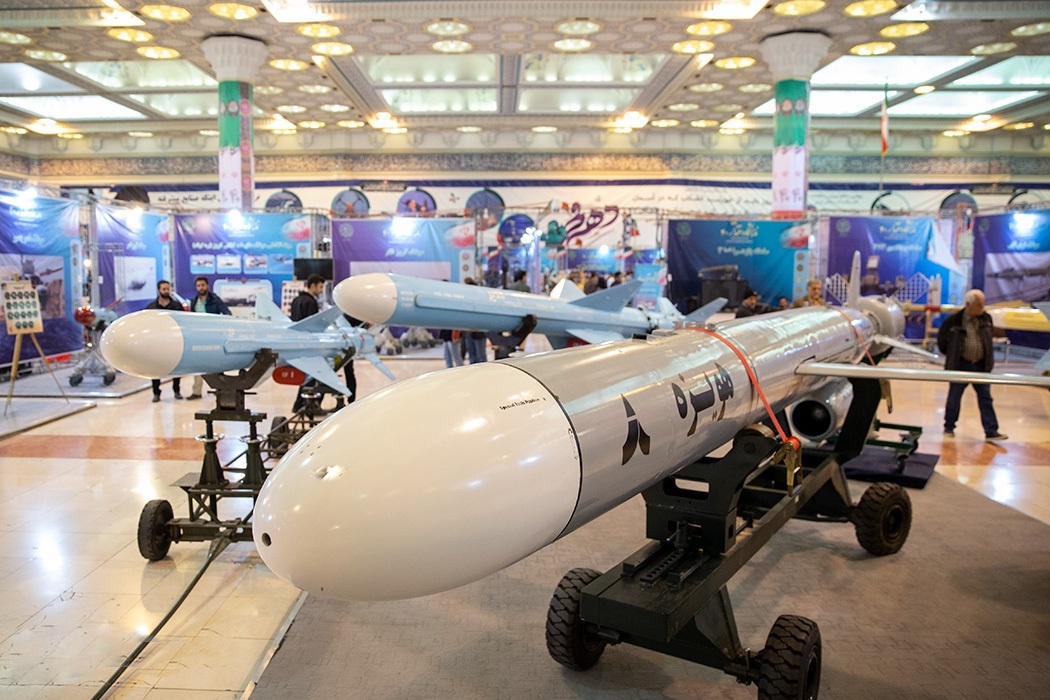
"Qader" Cruise Missile
The Qader missile, with a range of approximately 200 km, subsonic speed, and a combined guidance system (inertial and GPS), can target large vessels and land targets. This missile can also remain hidden from radar by flying at low altitude. The Qader missile is designed to counter maritime threats and attack fixed and moving targets at sea. The air-launched version of Qader, designated as CM-200 A, has some changes in its specifications. Compared to the coastal-launched Qader, the air-launched version has a reduced length of about 2.5 meters, with the same diameter. The weight of this missile has also been reduced by 211 kg to 535 kg, and it carries a 155 kg warhead.
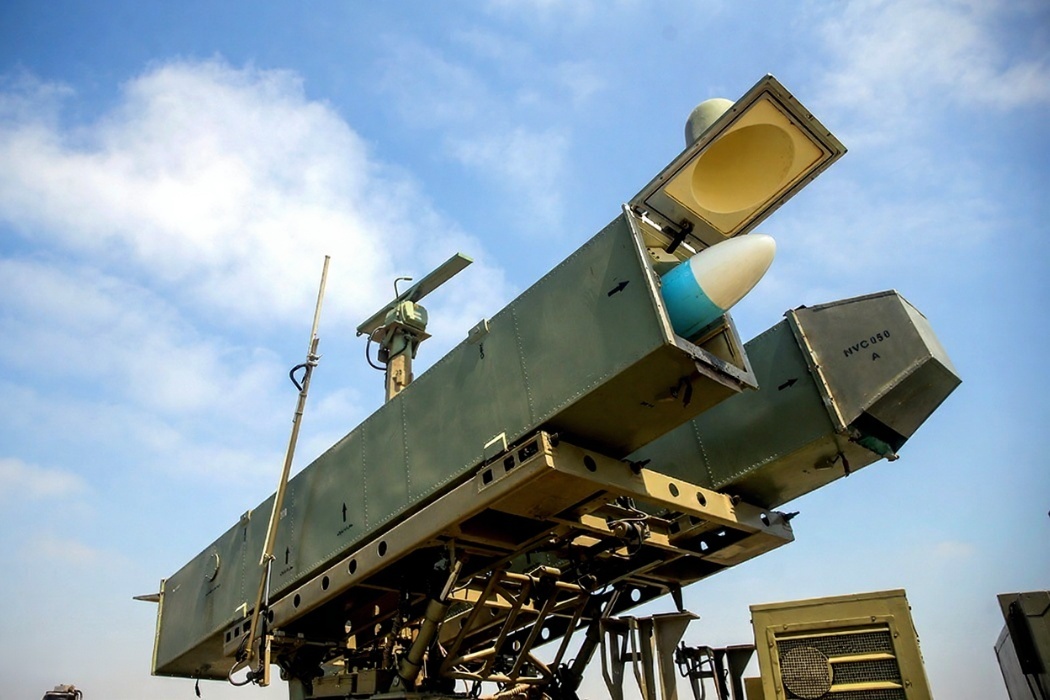
This missile, along with other members of the Qader missile family, uses an inertial guidance system for the initial phase and active radar guidance for the terminal phase. In other words, after the maritime target is detected by detection radars (whether by coastal launchers, vessels, or aircraft), the target's position is given to the missile, and the missile proceeds towards the target using its internal guidance system or inertial system, which is based on accelerometers and gyroscopes for motion and rotation sensors. After reaching the target area and the time for the missile's radar activation arrives, the missile locks onto the target using its radar, and the terminal guidance is performed in an active radar manner.
"Zafar" Cruise Missile
The Zafar missile, with a range of approximately 250 km, subsonic speed, and a combined guidance system (inertial and GPS), has the ability to target small and medium vessels. By flying at low altitude, its detection and interception are difficult. This missile can also be installed on light and fast vessels.
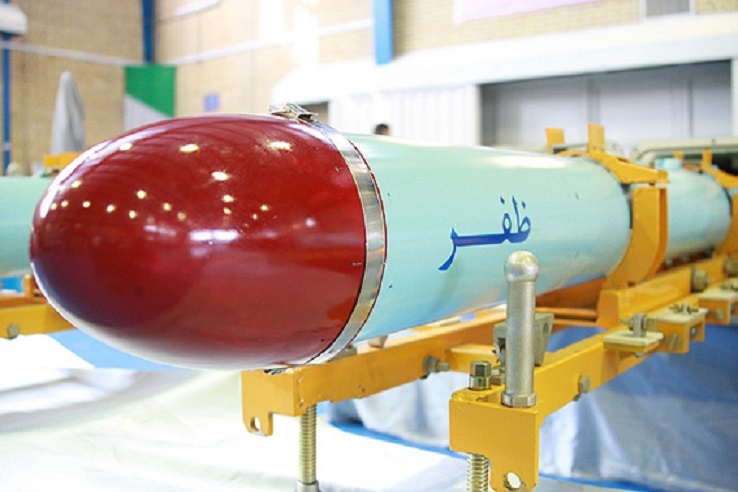
"Qadir" and "Nasir" Missiles
The "Qadir" cruise missile, similar to its bigger brother (the Qader missile) but with a 300 km range, is widely used in coastal launchers and naval combat vessels of the Army Navy. Among the announced specifications for the CM-300 Qadir missile are a minimum to maximum range of 15 to 300 km, a diameter of 360 mm similar to Qader, approximately the same length, and a weight of 770 kg, of which 165 kg is the warhead.
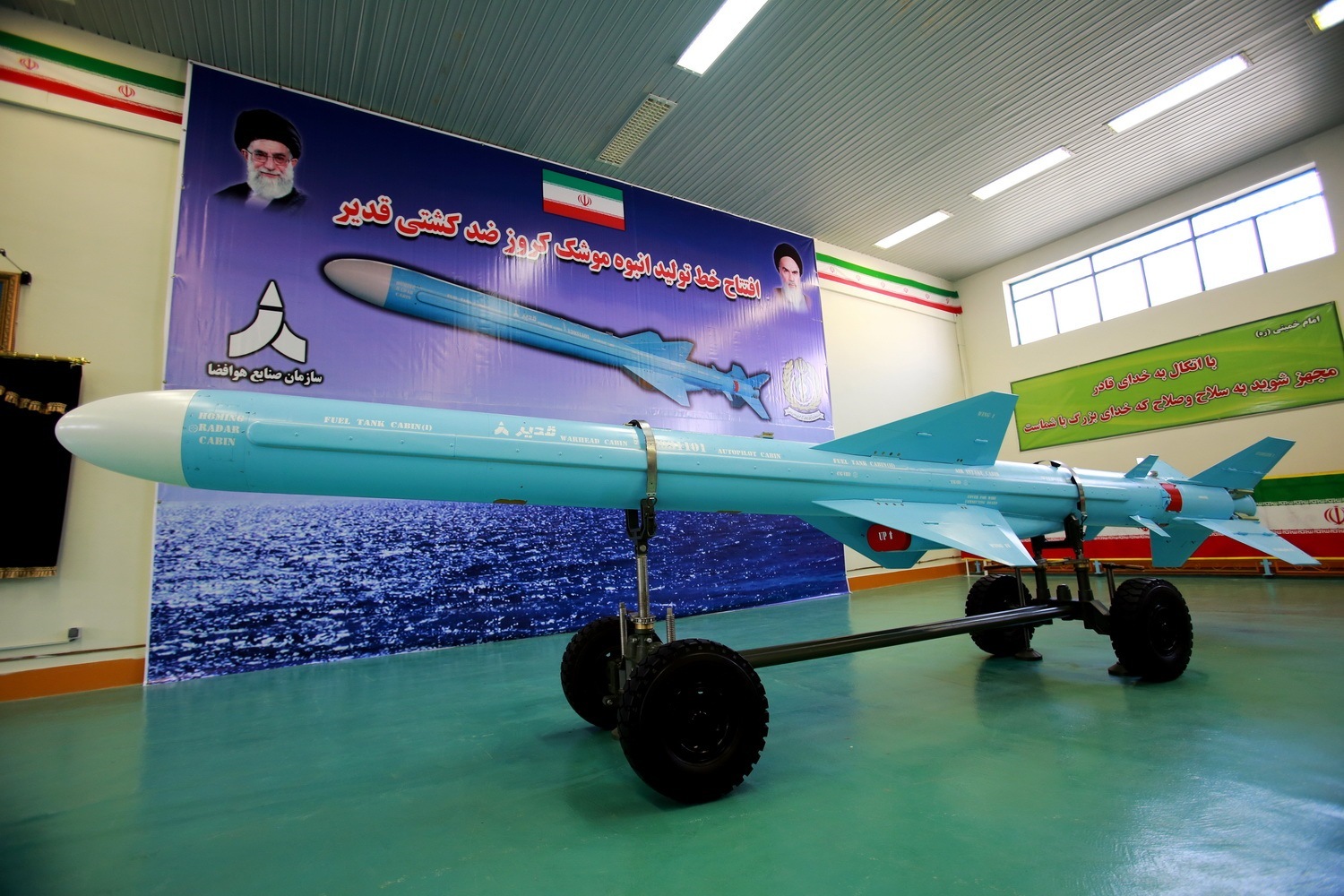
The newer version of this missile, named "CM-90 Nasir," unlike other members of this family, which had rocket propulsion, utilizes a turbojet engine. This missile, with launch capability from coastal and maritime platforms, has a minimum range of 10 km and a maximum range of 90 km. With a diameter of 180 mm and a length of approximately four meters, and a weight of 351 kg, it can carry a 130 kg warhead at a maximum speed of Mach 8.
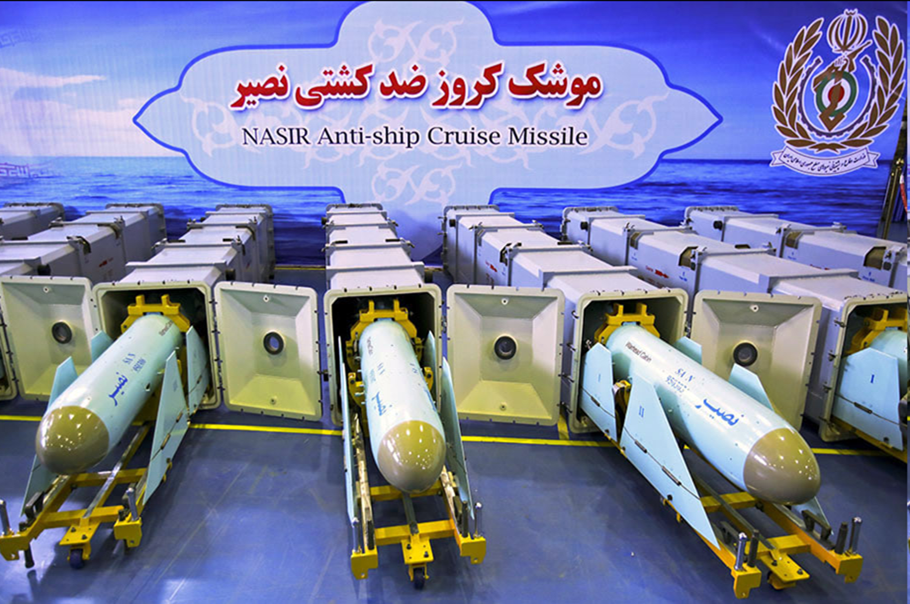
"Hoot" Torpedo
Media source reports indicate that Iran possesses the world's fastest torpedo, which can destroy heavy vessels. The "Hoot" (Whale) torpedo is considered one of the world's fastest naval missiles, demonstrating Iran's progress in the field of naval missiles. "Hoot" is an underwater missile that is launched at sea from a frigate, warship, or submarine, and has a speed of 100 meters per second. This torpedo has been built through the efforts of our country's defense industries; the missile, or the "Hoot" torpedo, has no equivalent in the world, and only Russia, by building the "Shkval" torpedo, has managed to have a similar capability.
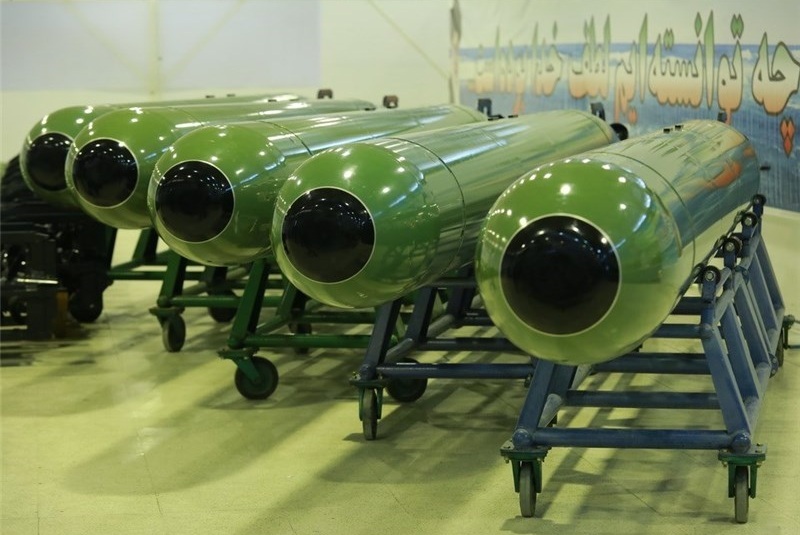
Brigadier General Ali Fadavi, Deputy Commander of the IRGC, says about this torpedo: "Given the high power and speed of 'Hoot,' there is no possibility of deflecting or escaping it; because if this missile is fired from a distance of one thousand meters, it hits and destroys the target in 10 seconds; therefore, there is no opportunity to counter it."
"Abu Mahdi" Missile
This missile, with a range of one thousand kilometers, is an anti-ship missile that was produced in 2020/2021. The Abu Mahdi missile can be launched from various launchers on land, air, and sea. This missile, weighing over one and a half tons, carries a warhead equivalent to 400 kg.
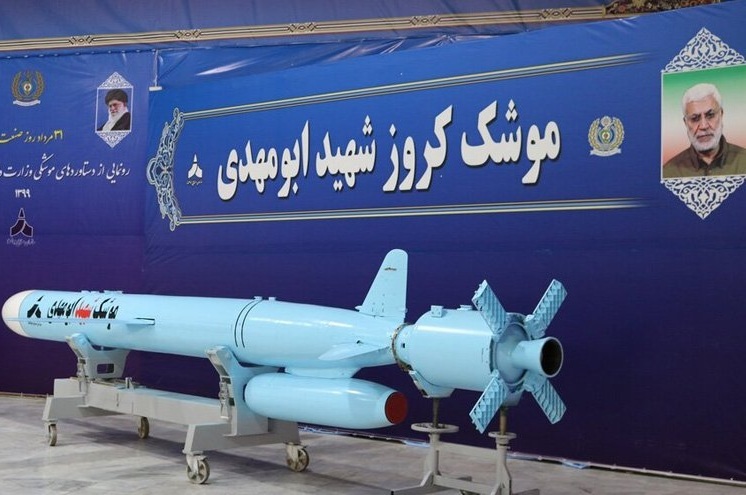
"Persian Gulf" Missile
The Persian Gulf missile is a ballistic missile. This missile enters the Earth's atmosphere at high speed and with a range of over 300 km, lands on enemy vessels and moving targets with zero error. When launched, due to its unique features, the Persian Gulf missile lands precisely on the vessel. In a military exercise conducted years ago, this missile managed to hit a moving 60-meter vessel, while aircraft carriers are nearly 320 meters long.
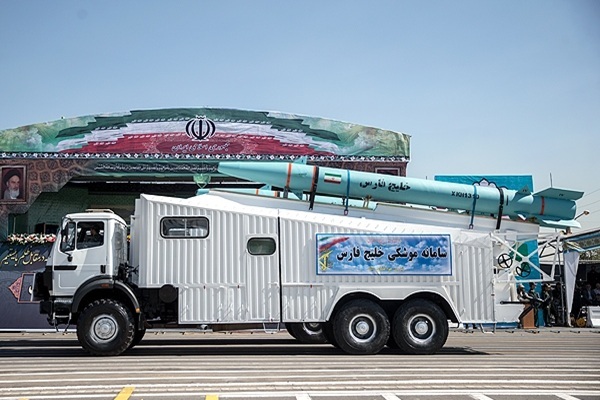
The process of missile advancements of the Islamic Republic of Iran, especially sea-based missiles, is ongoing, and given the importance of the seas for preserving the country's strategic interests, this process will continue.
